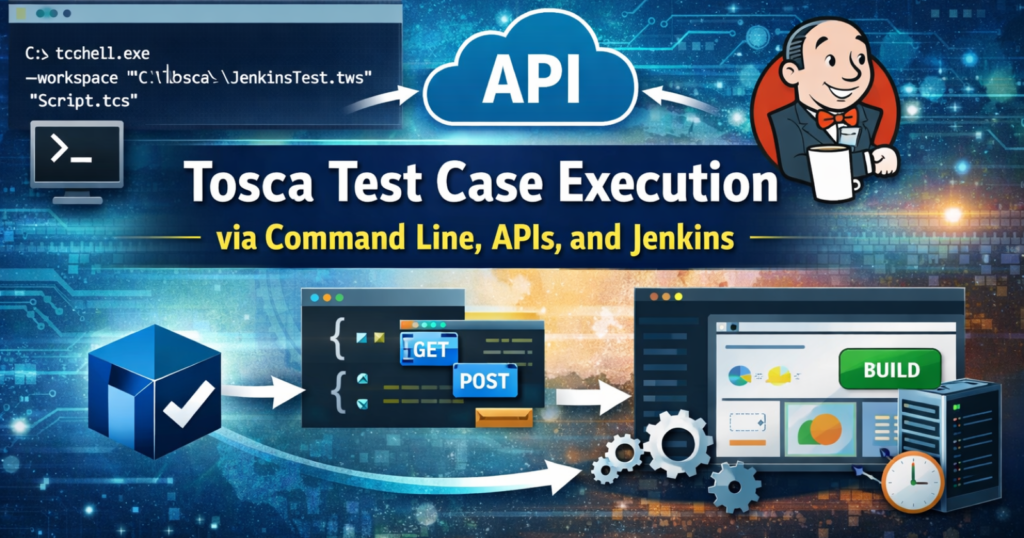Introduction:
In today’s fast-paced software development world, automation testing has become a cornerstone for ensuring the quality and efficiency of software applications. Among the various tools used for automation, Selenium stands out as one of the most popular and widely adopted frameworks. If you’re looking to break into software testing or improve your current skills, an Introduction to Selenium through Selenium course online and Selenium certification courses can offer you the necessary edge. This blog will guide you through everything you need to know about Introduction to Selenium, its benefits, and how to get started with Selenium training online.
What is Selenium? Introduction to Selenium Automation Testing
Introduction to Selenium refers to the process of learning about a powerful open-source framework designed to automate web browsers. It allows testers to write test scripts in various programming languages like Java, Python, C#, and JavaScript. Introduction to Selenium helps testers perform automated tests on web applications to ensure they function correctly across multiple browsers and platforms.
Unlike other testing tools, Introduction to Selenium is browser-independent, meaning it can be used to test applications on different browsers, including Chrome, Firefox, Safari, and Internet Explorer. This cross-browser functionality makes it an ideal choice for automating web-based applications across various environments.
Why is Selenium Important in Automation Testing?
Selenium is important because of several key features that make it an essential tool for automation testing:
Open Source and Free:
Selenium is a free, open-source tool that makes it cost-effective for startups and large enterprises alike. Through Introduction to Selenium, users can understand how they can contribute to its development and benefit from continuous updates and enhancements.
Cross-Browser Testing:
One of the key highlights of Introduction to Selenium is its ability to automate tests across different browsers like Chrome, Firefox, and Safari. This ensures consistent application performance, making it a must-learn skill for modern testers.
Supports Multiple Programming Languages:
As part of your Introduction to Selenium, you’ll learn how this tool supports several programming languages, including Java, Python, Ruby, and C#. This flexibility helps developers and testers to use the language they are most comfortable with.
Parallel Test Execution:
A significant feature that you’ll explore in your Introduction to Selenium is its ability to run tests in parallel. This drastically speeds up the testing process and ensures faster releases for applications.
Integration with Other Tools:
Introduction to Selenium also teaches how it integrates seamlessly with testing frameworks like TestNG, JUnit, and CI/CD tools like Jenkins. This makes it a critical tool in the software development lifecycle.

Selenium Course: An Overview of What You Will Learn
Enrolling in a Selenium course and starting your Introduction to Selenium provides you with the skills needed to master automation testing. Here’s an overview of the key concepts you will learn:
Introduction to Selenium and Automation Testing
The first step in any Selenium training is understanding the role of automation testing in modern software development. In Introduction to Selenium, you will explore its capabilities and how it compares to other tools.
Installing and Setting Up Selenium
As part of your Introduction to Selenium, you will be guided through installing and configuring Selenium on different operating systems, including Windows, Linux, and macOS. This hands-on session ensures you are ready to write your first automation script.
Selenium WebDriver
Introduction to Selenium covers the WebDriver, which is the core component of Selenium for automating browsers. You will learn how to use WebDriver to control browsers and perform tasks like clicking, typing, and navigating web applications.
Writing Test Scripts in Multiple Languages
A critical aspect of Introduction to Selenium is the ability to write test scripts in various programming languages such as Java, Python, and C#. This section provides the foundation for writing efficient and scalable test cases.
Handling Dynamic Web Elements
Introduction to Selenium also covers how to handle dynamic elements that change frequently. You’ll learn techniques for identifying and interacting with web elements loaded asynchronously, which is crucial for real-world test automation.
Data-Driven Testing with Selenium
Data-driven testing is an essential technique, and Introduction to Selenium will teach you how to drive tests using data from external sources like Excel or databases, making your tests more reusable and scalable.
Parallel Testing
Running tests in parallel is another critical concept you’ll cover in Introduction to Selenium. You’ll learn how to run multiple tests simultaneously across various browsers and machines, reducing the overall testing time.
Integrating Selenium with TestNG/JUnit
Introduction to Selenium also includes integrating Selenium with popular testing frameworks like TestNG and JUnit. This allows you to organize, manage, and report your test results effectively.
Selenium Grid
A key area covered in your Introduction to Selenium is Selenium Grid, which enables distributed testing across multiple machines. This ensures tests can be run in parallel, significantly reducing testing time.
Continuous Integration and Deployment (CI/CD)
In the Introduction to Selenium, you will learn how to integrate Selenium with CI/CD tools like Jenkins, making it easy to execute automated tests continuously in the development cycle.
The Benefits of Enrolling in an Online Selenium Training Program
Taking Selenium training online offers several advantages, especially for those looking to upskill while balancing work and study. Here’s why an Introduction to Selenium through an online training program could be the best choice:
Flexible Learning
Introduction to Selenium via online courses provides the flexibility to learn at your own pace. You can choose to study whenever you have free time, ensuring you absorb the material at a comfortable speed.
Interactive Learning Materials
Selenium training online often includes interactive videos, assignments, and quizzes. This format helps you understand complex topics easily and ensures active participation in your learning journey.
Hands-On Projects
As part of the Introduction to Selenium training, you’ll work on live projects. These hands-on assignments provide valuable experience and give you practical exposure to test automation in real-world scenarios.
Expert Guidance
Online Selenium certification courses provide access to industry experts who have worked on large-scale projects. Their insights and guidance will help you understand advanced Selenium techniques more effectively.
Global Recognition with Certification
Upon completing your Selenium certification online, you will gain a globally recognized credential. This certification can significantly improve your career prospects and demonstrate your expertise to potential employers.
Career Opportunities After Completing a Selenium Certification
After your Introduction to Selenium, you can pursue various career paths. With the increasing demand for automated testing, your Selenium certification can open doors to several lucrative roles:
Selenium Automation Tester
As a Selenium Automation Tester, you’ll be responsible for writing and maintaining automated test scripts to ensure that web applications function correctly. This role is critical for ensuring quality in software development.
Software Developer in Test (SDET)
SDETs combine software development and testing, and with Introduction to Selenium, you’ll be well-equipped to write both automation tests and contribute to the development of web applications.
QA Engineer
As a QA Engineer, you will be responsible for ensuring that software applications meet the required standards. Knowledge of Selenium is crucial for automating the testing process and improving testing efficiency.
Test Automation Engineer
Selenium Automation Engineers create and execute automated tests. The Introduction to Selenium prepares you to handle and scale automated tests across multiple browsers and environments.
Conclusion: Take the Next Step in Your Career
The Introduction to Selenium gives you the skills to become an expert in Selenium automation testing, and a Selenium certification online will help you advance your career. Whether you’re new to automation testing or looking to enhance your existing skills, Selenium training online offers a flexible, engaging way to learn.
At H2K Infosys, we offer in-depth Selenium courses that provide hands-on learning and expert guidance to help you succeed in your career. Enroll today and start mastering Selenium automation testing!
Key Takeaways:
- Introduction to Selenium is essential for mastering automation testing.
- Online Selenium training offers flexibility, expert guidance, and hands-on experience.
- A Selenium certification can boost your career prospects and open up job opportunities.
- At H2K Infosys, you can gain practical experience and enhance your skills with expert-led Selenium certification courses.
Ready to start your automation testing journey? Enroll today at H2K Infosys!

























